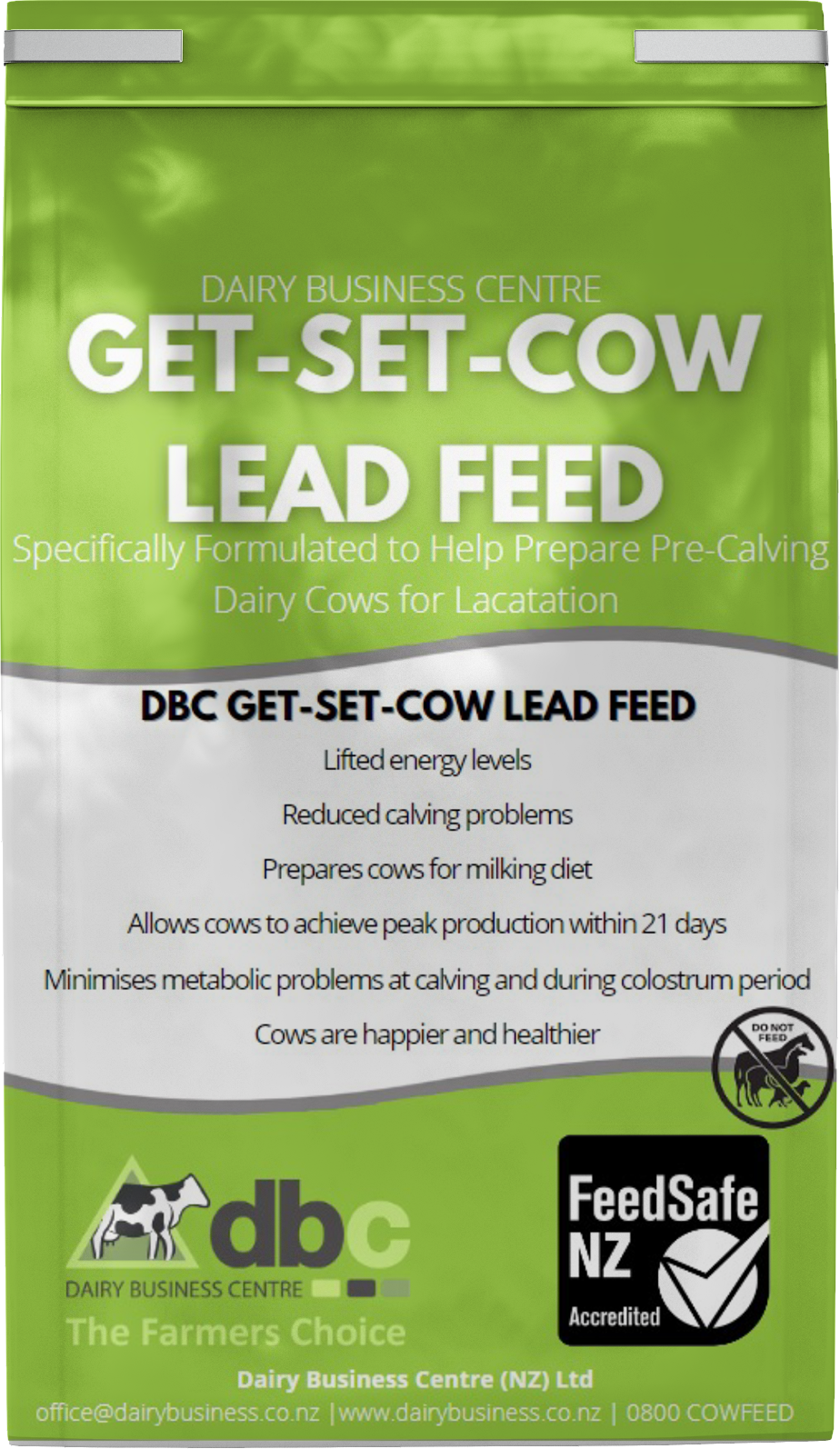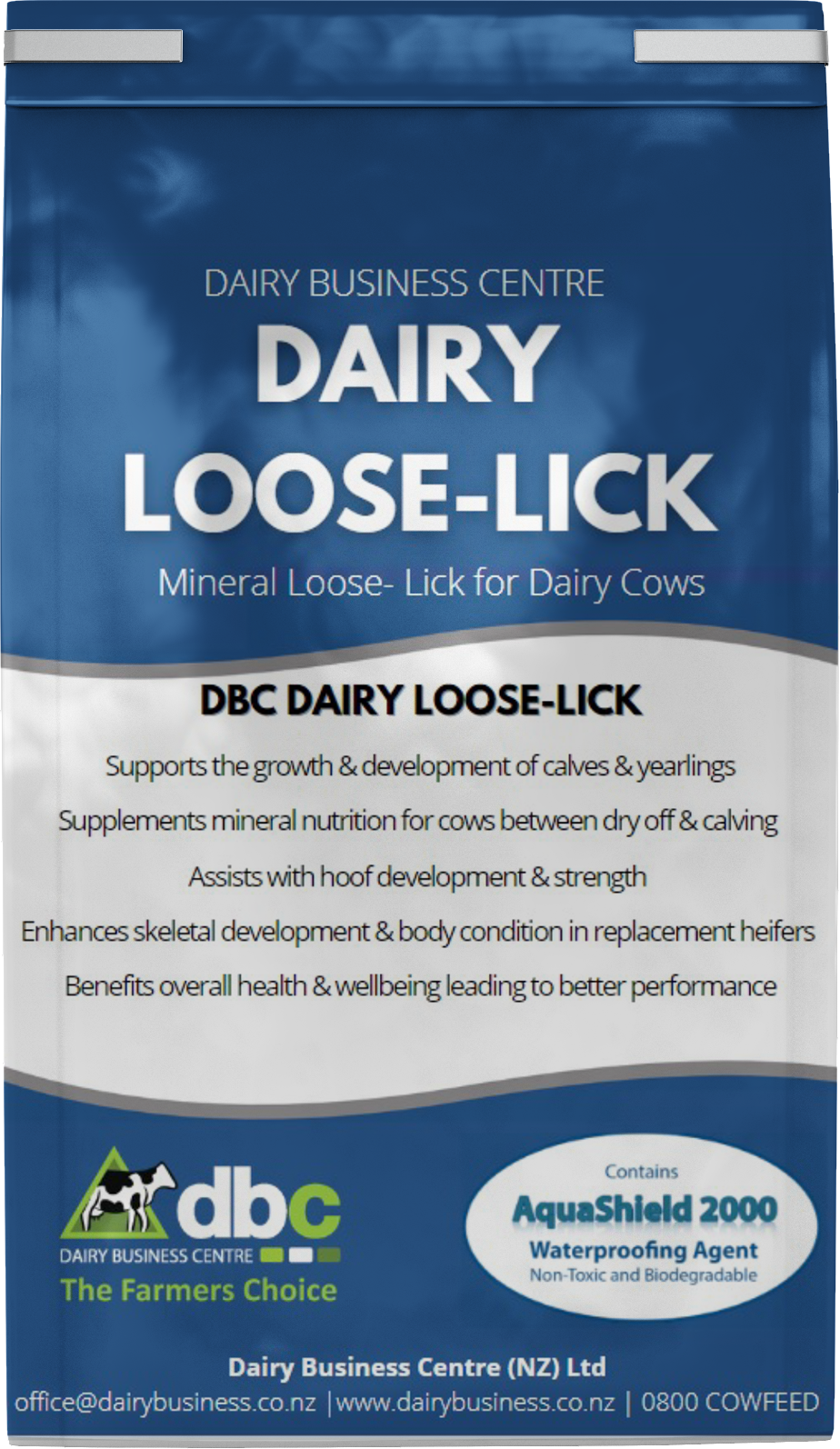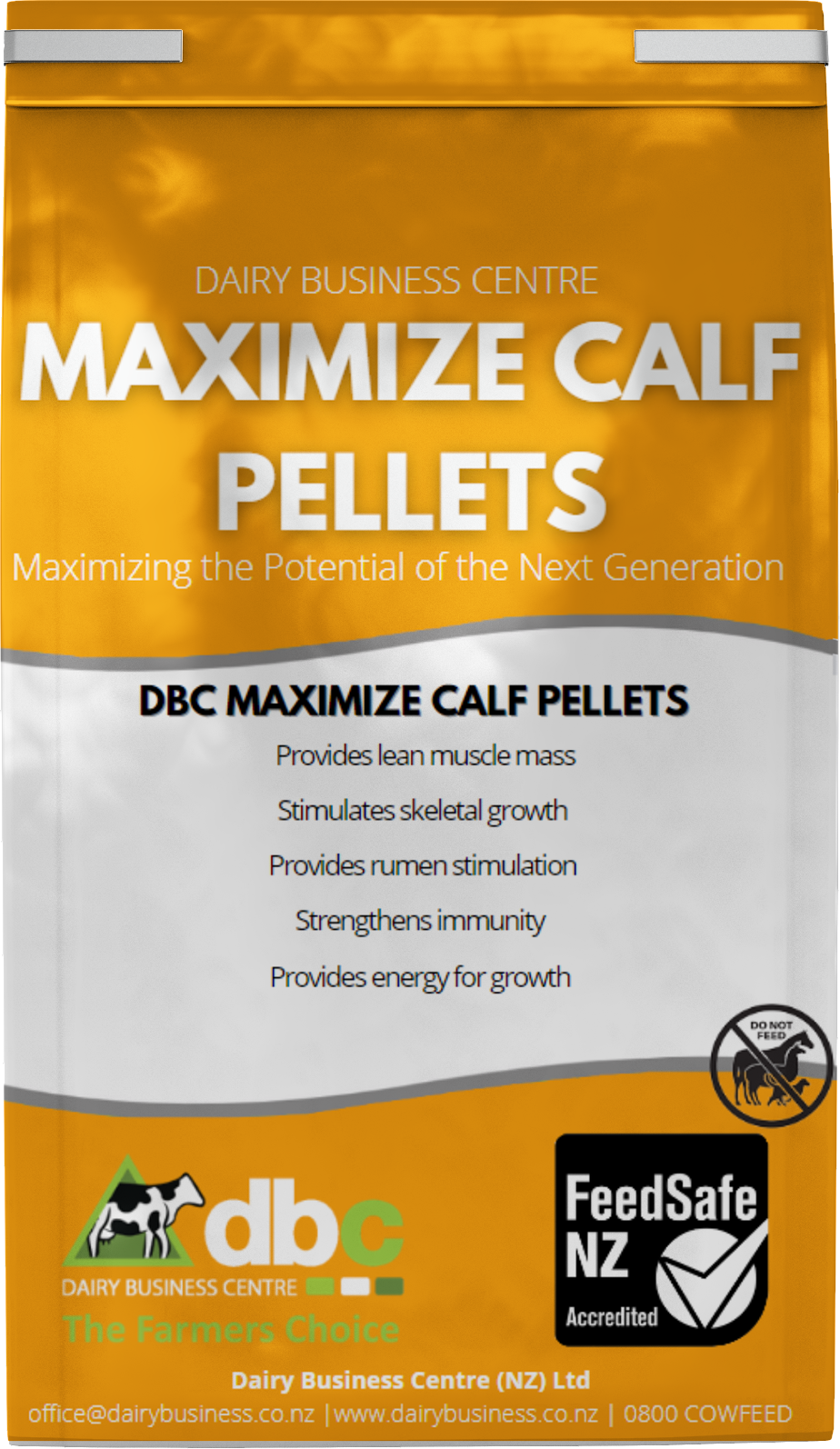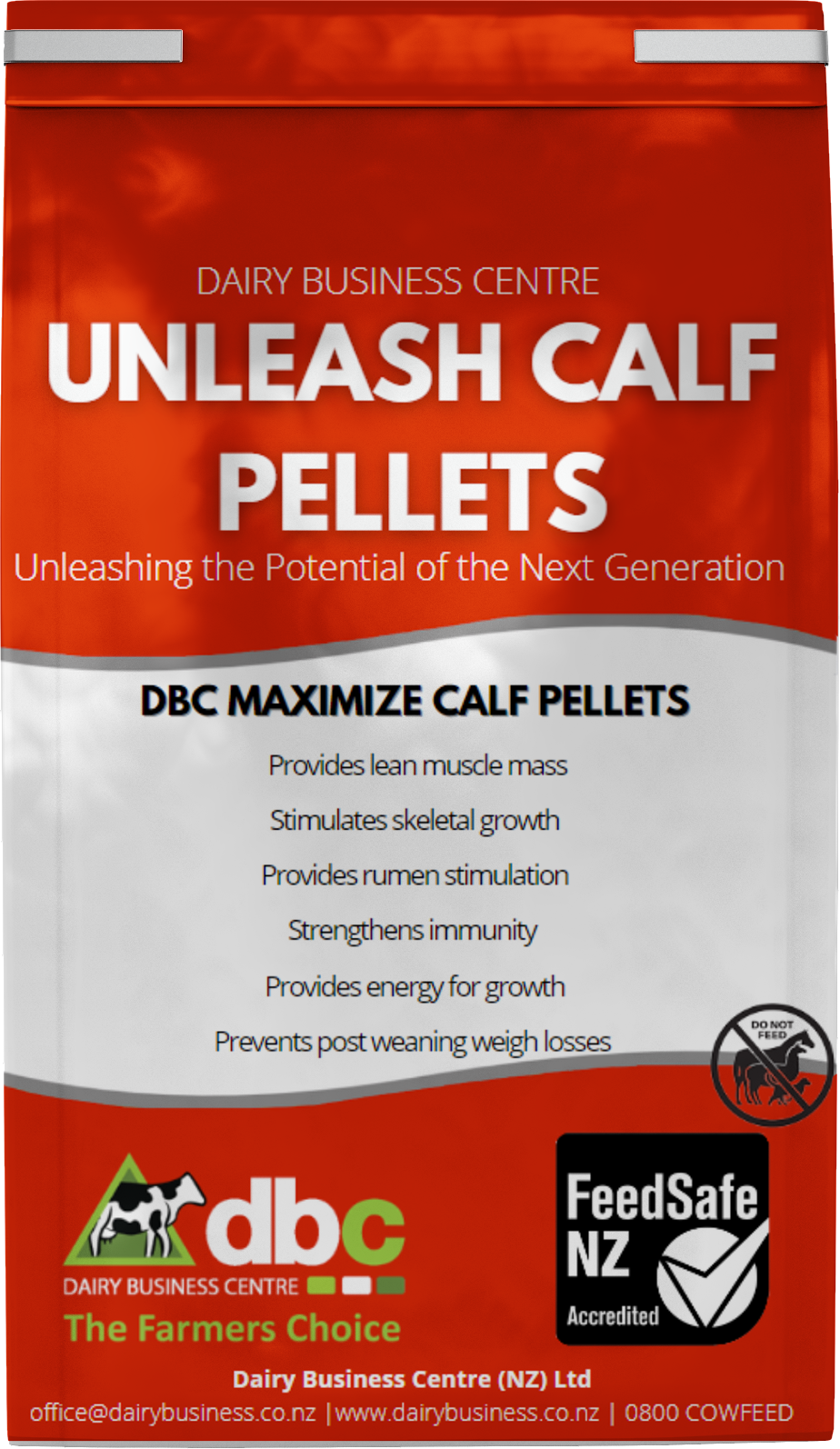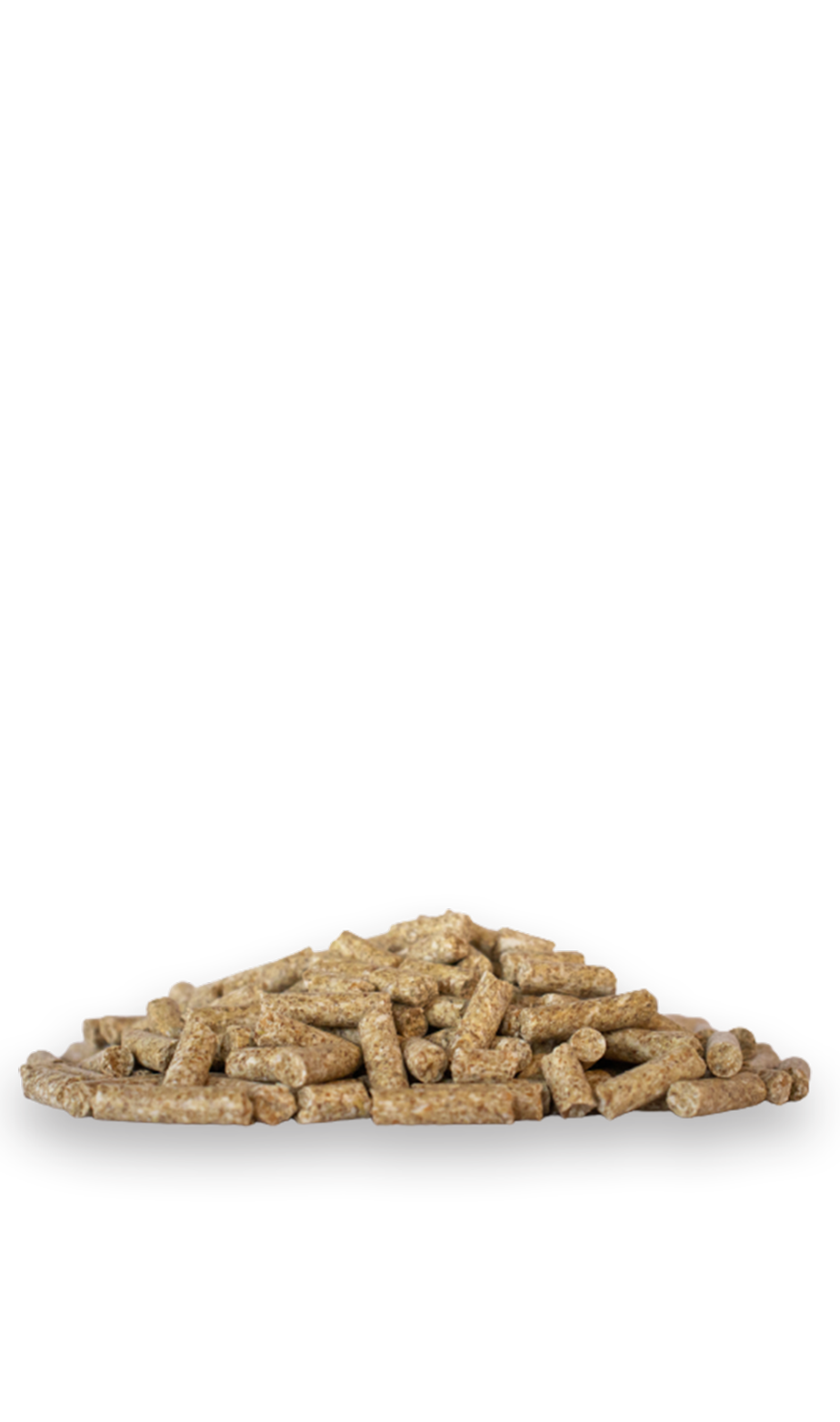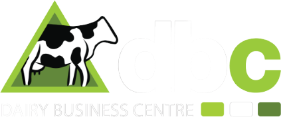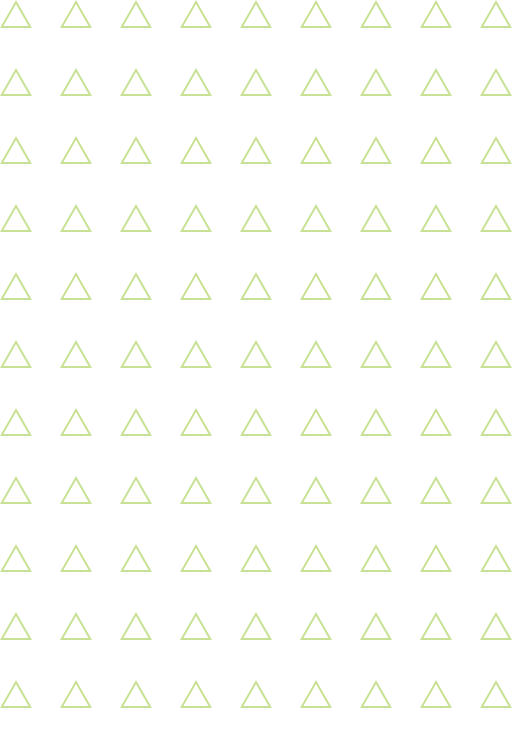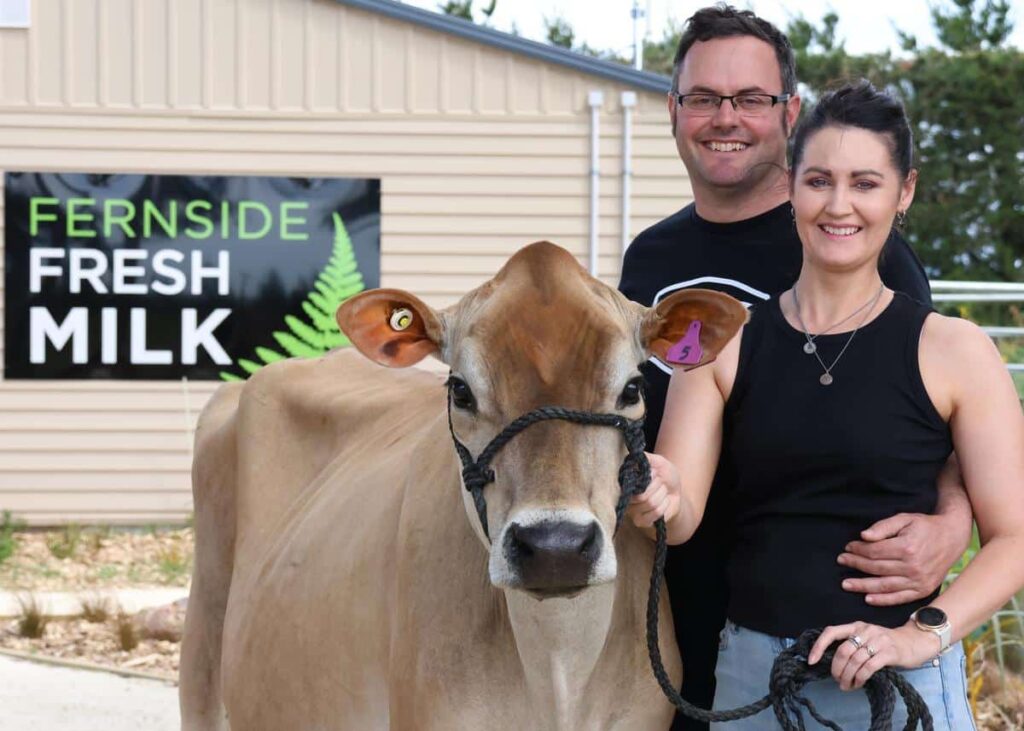A decision three years ago has set Peter and Claire Hansen up to make more milk from less cows on their 5.5-hectare North Canterbury property.
The couple have made plenty of big calls in the last decade – including the decision to establish a raw milk operation alongside their family business – Peter Hansen Drainage. Until 2020, they had run their show herd, Lilac Grove Jerseys, as a passion project – without supplying a processor.
They used to rear calves with the milk, but the price they paid for calves and the revenue they received when they sold them were both unpredictable.
With six children, and the ownership of their drainage and excavation business (employing 13 to 15 staff throughout Canterbury) in the mix, they needed a stronger solution.
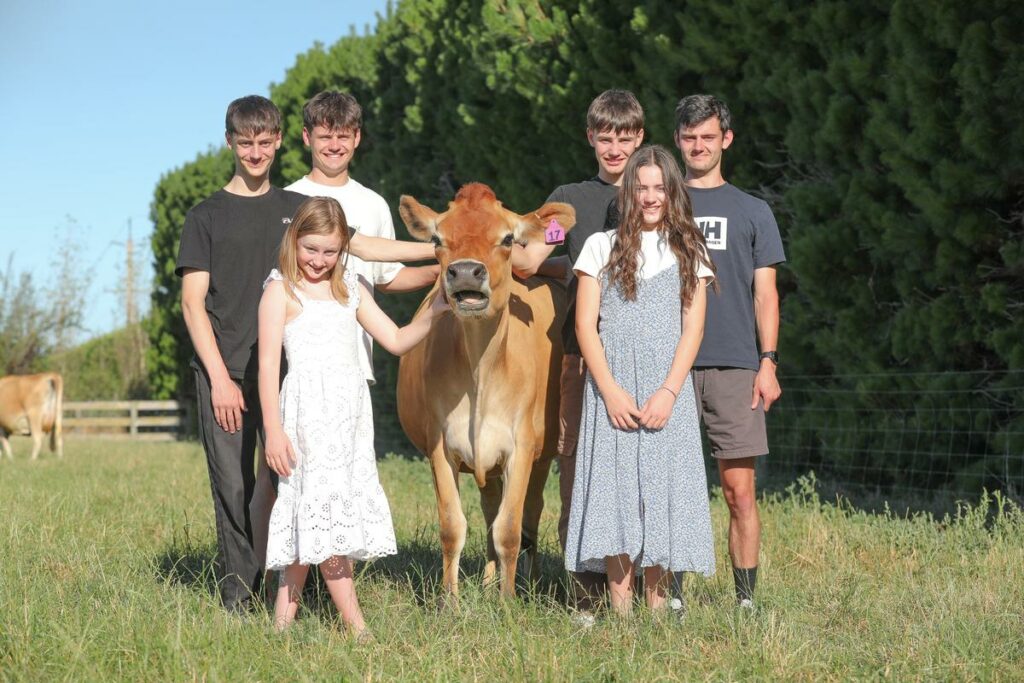
BOLD ROI POTENTIAL
Three-and-a-half years ago, they bought 492 Oxford Rd – which is ideally located on the main road between Oxford and the thriving hub of Rangiora – with a clear purpose.
In 2021 they built an uncomplicated eight-a-side swing over herringbone cowshed. In 2022, they added two 200-litre self-serve milk vending machines.
In November 2022 they started selling raw milk to the public under their label, Fernside Fresh.
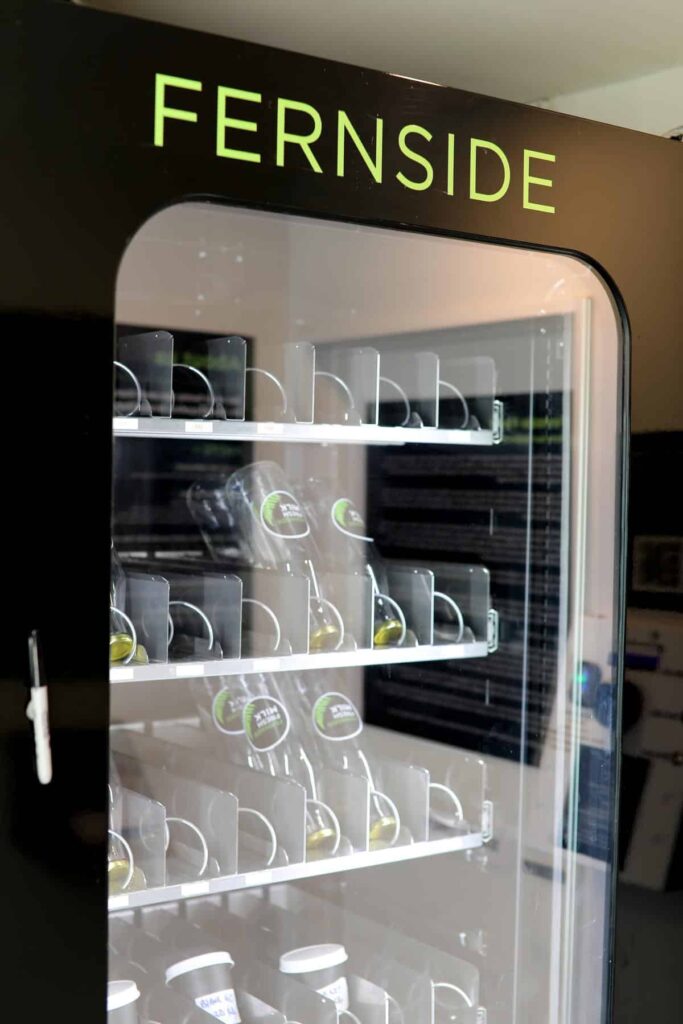
This herd of 23 Jersey show cows is today a shining example of how to make money from a small herd. In August 2024, they peaked at 109 people visiting Fernside Fresh a day – from as far away as Ashburton – to buy their milk. They sell approximately 2400 litres a week for $3.50 per litre.
The warm personal backstory surrounding their family and their love of registered Jerseys – most of them quiet show cows – has been easy for the public to get behind.
They are also – for the wider industry’s public relations efforts – showcasing and quietly educating its urban customers what beautiful cows living an excellent life look like.
And, as demand for their milk grows, consistent production has become the daily aspiration – making cattle management on this small holding crucial.

TWO-YEAR-OLDS JUSTIFY WORK
The property used to be a petting farm, and Peter has been as conscientious about improving the soil quality as he is about his stock health.
He included the Dairy Business Centre’s (DBC) Charlotte Flay to sustain the mineral status within his herd as he worked to also lift his soil fertility. He first chose to offer DBC’s premium water-resistant Loose-Lick* and salt adlib (see below) to all age-groups, including the calves.
“We just wanted to grow our young stock,” Peter said. “I know Canterbury is short of some of the major minerals that cattle need to grow well. We were looking for a good option, and I’ve noticed they really go for it when they need it.”
Peter said the response in his young stock’s general health, growth, and development gave him the confidence to extend his interest in DBC products to supplementary feeds. They also feed Maximize Calf Pellets and Unleash Calf Pellets (see below for full descriptions) pre-and-post-weaning respectively.
This spring, they calved in the first of the two-year-olds that have been through the complete DBC mineral and supplementary feed programme. In a smaller herd, changes and individuals stand out.
Peter says he has noticed that the two-year-olds – his first graduates of the full DBC range – are exceptionally well-grown and they are producing and (importantly) competing well against the mature-age cows in their herd.
“The DBC products have to have played a part in that,” Peter said.
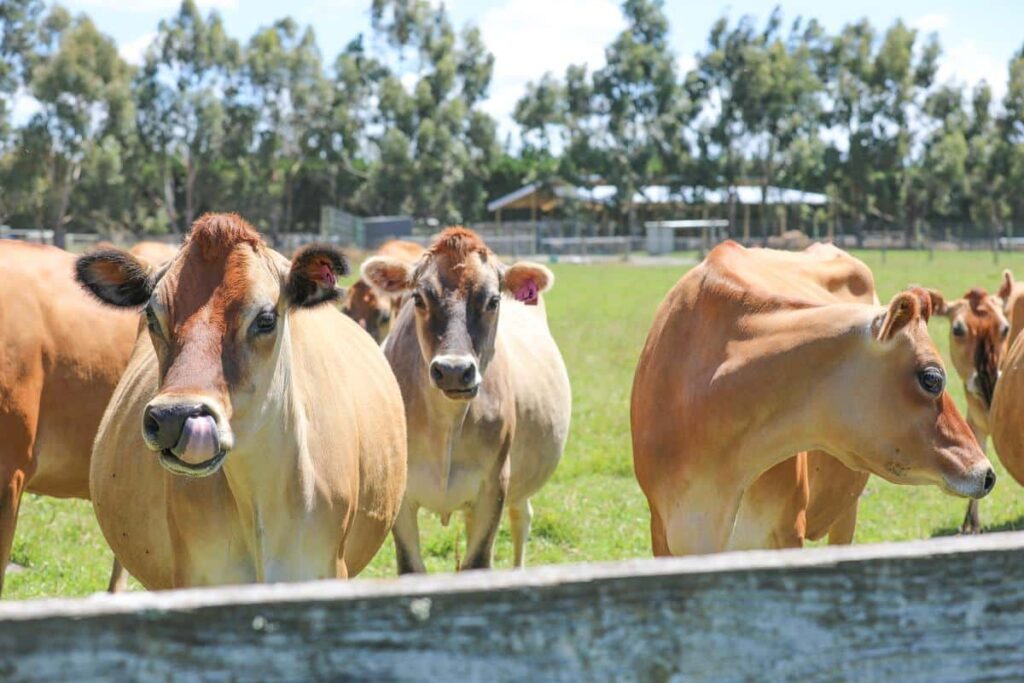
CONSISTENT MILKFLOW CRUCIAL
Through the winter they milked 58% carryover cows from a friend’s herd in a pilot programme that was successful. It meant their rations through that period were important to sustain milk flow on animals on extended days in-milk.
To that end, they included DBC’s MILK-Maker Feed Pellet for the milking herd. It is a 14.4% high-energy feed pellet designed to optimise production. It is ideal for achieving peak production in early lactation, it evens out protein in mid-lactation, helps during seasonal feed pinches, and sets cows up for the dry period. They are currently feeding five to six kilograms per cow per day in response to the dry summer and winter milking. That amount would usually sit closer to 3kg.
“It’s a custom grain-based pellet,” Charlotte confirmed. “So, we can change the protein content to compliment what’s happening throughout the season. It has an acid buffer, and it’s the cream of the crop pellet DBC offers.”
Peter said, “When we set up for the raw milk, we needed a meal provider, and we already had that relationship with DBC, so we were happy to give it a go and the cows have done well on it. We keep in touch with Charlotte if we need to change the mix, and it’s never a problem.”
“The cows have no trouble eating it, that’s for sure.”

“MY PROBLEM IS THEIR PROBLEM”
Peter says because he is in business himself, he works under the ethos that a customer’s problem is his problem. He expects the same service from DBC.
“I’m probably from a generation that calls it as I see it. DBC’s team have been good to deal with, and delivery times have been really good when we’ve had an, ‘OMGosh, I forgot to check the silo moments’.
“And, if we’ve had any issues they’ve got on and sorted it out. That’s probably a bigger sign of what a company is like.
“When it’s all going right, everyone is good, aren’t they?”
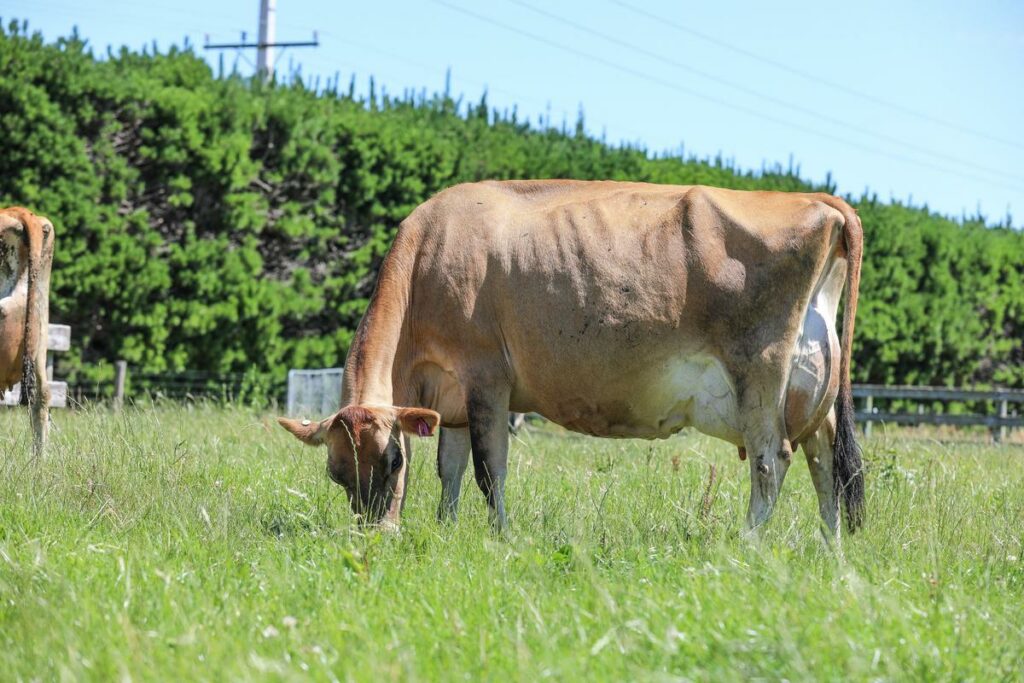
LEAD FEED
Peter has travelled and bought cows and embryos from Australia and North America. He carefully studies and asks questions regarding management practices everywhere he goes. It led him to making the decision to lead feed – in line with most operations outside New Zealand.
DBC’s lead feed, Get-Set-Cow, is a specifically formulated supplement that is fed at 3kg/cow/day in the 10-14 days pre-calving to prevent milk fever and set cows up for a safe and uneventful transition into peak production.
It includes a blend of pelletised anionic salts, calcium, magnesium, grain and protein, and includes a full specific requirement of the trace minerals that cows need in the lead-up to calving (along with Rumensin) to avoid milk fever.
“It’s a pellet form, and we just feed it on the ground and the only milk fever case we had this season was a cow where we were late putting the lead feed in for her,” Peter said.
They also administer a slow-release Calcium bolus post-calving on cows aged over four years. Their decision to use SmaXtec bolus technology in every cow is a practical response to the reality that Peter works off-farm.
BARN THE RIGHT MOVE
In June 2024 they added a 240m2 barn with 30 beds – to make it easier to protect pasture and to manage the cows during a drought or adverse weather. The cows will continue to graze outside as well.
The decision to add a barn so soon after the cowshed and milk vending service came down to practicality – even though it was another major spend that could overcapitalise the property. They lease two run-offs for young stock and dry cows, and it has always been a juggle.
“The barn has allowed us to achieve 30% more production by eliminating the weather challenges,” Peter said.
“If we hadn’t built it, we’d have been in a way more challenging place day-to-day. It’s just been having a lot of incremental things come together – DBC products included.”
SMALL BUT MIGHTY
They say they did consider buying a bigger farm before this move, but everything happens for a reason, and their path is becoming clear.
“I milked cows for a long time just for the love of it. It’s nice that they are now paying their own way, and that the registered part of the business complements the commercial side, and helps tell our story for our customers,” Peter said.
“Yes, there has definitely been significant risk.
“But once we get a chance to consolidate, I’m now confident that this will have been the best decision we’ve ever made.”
Related article
What are your downer cows telling you?
Minerals and meal add milk
Southland dairy embraces high-performance biological farming
You can’t save yourself into profit
Managing Fodder Beet
DBC PRODUCT RANGE IN PLAY AT FERNSIDE FRESH
